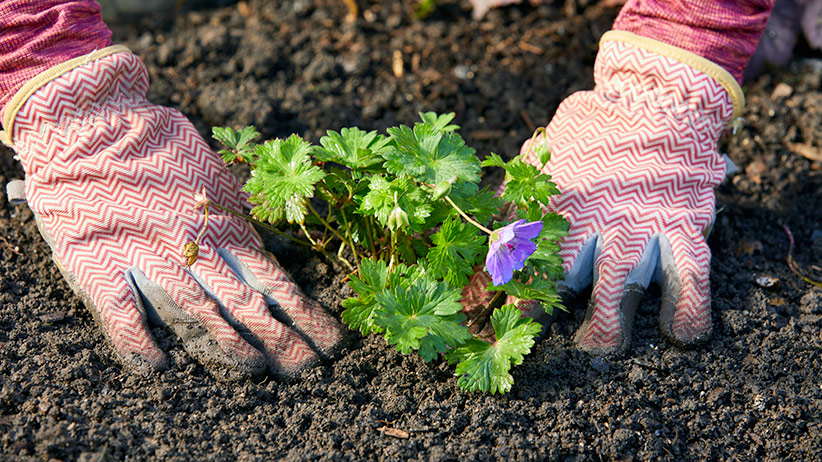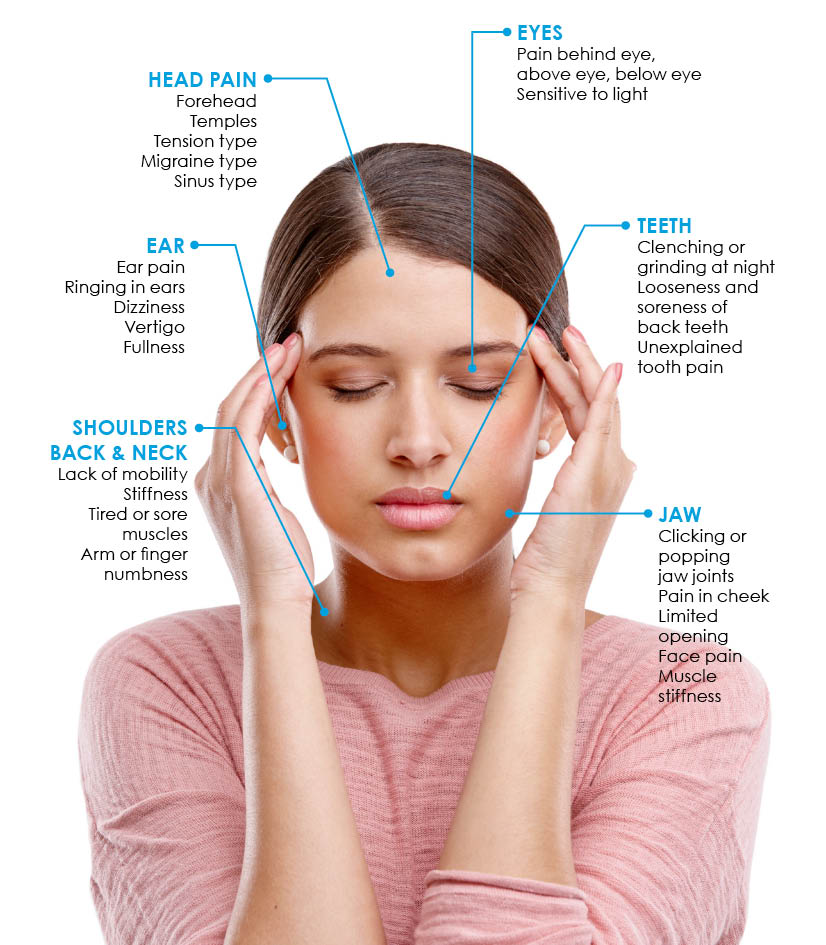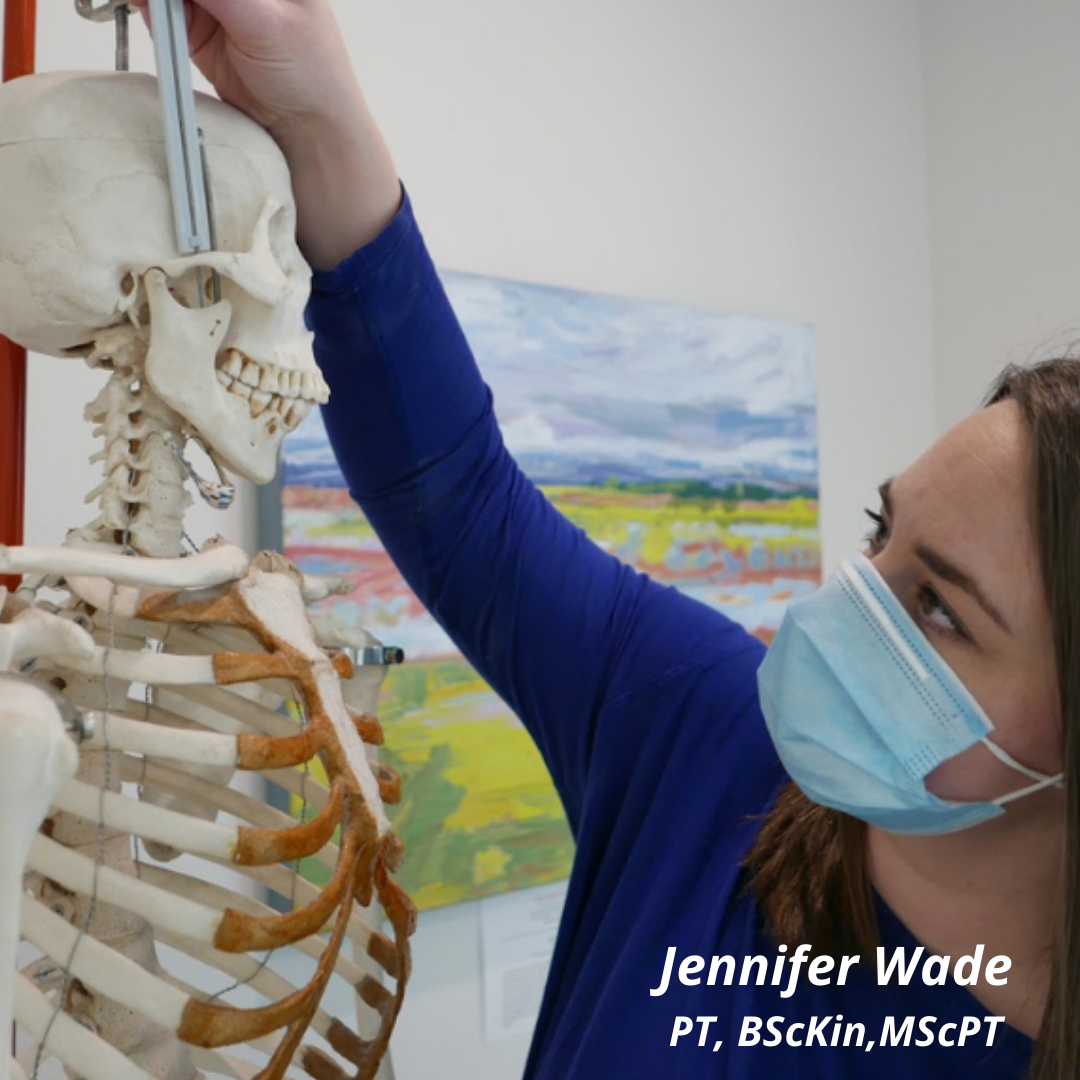

Gardening
It’s that time of year again! There’s nothing more comforting than being able to dust off the gardening gloves and get back outdoors to tend to your flowers, vegetables, trees, and other vegetation.
Do you find yourself spending hours in your garden this time of year? Do you notice that all the bending over, crouching, squatting, and lifting is creating aches and pains in the shoulders, back, or knees? Is your grip getting weak or painful?
Join Scotia Physiotherapy’s Dawn Hanifen next Wednesday night, June 2nd at 7 pm for a Facebook Live event – Injury Prevention for Gardeners. She’ll discuss common injuries and provide tips for improving your gardening positions and techniques to prevent aches and pains and keep you in your garden for the whole season!
7 Tips for Gardeners to Avoid Those Aches and Pains:
1. Get moving before you garden. A 10-minute brisk walk and stretches for the spine and limbs are good ways to warm up.2. Change positions frequently to avoid stiffness or cramping. Be aware of how your body feels as you work in your garden. If a part of your body starts to ache, take a break, stretch that body part in the opposite direction it was in, or switch to a different gardening activity. For example, if you’ve been leaning forward for more than a few minutes, and your back starts to ache, slowly stand up, and gently lean backwards a few times.3. Use a garden cart or wheelbarrow to move heavy planting materials or tools. Lift with your knees and use good posture while moving a cart or wheelbarrow.4. Give your knees a break. Use knee pads or a gardening pad. If kneeling or leaning down to the ground causes significant pain in your back or knees, consider using elevated planters to do your gardening. If kneeling on both knees causes discomfort in your back, try kneeling on one and keep the other foot on the ground.5. Maintain good posture.Use good body mechanics when you pick something up or pull on something, such as a weed. Bend your knees, tighten your abdominals, and keep your back straight as you lift or pull things. Avoid twisting your spine or knees when moving things to the side; instead, move your feet or pivot on your toes to turn your full body as one unit.6. Take breaks. If you haven’t done gardening or other yard work in a while, plan to work in short stints, building in time for breaks before you start feeling aches and pains.7. Keep moving after you garden. End your gardening session with some gentle backward bending of your low back, a short walk and light stretching, similar to stretches done before starting.If your aches and pains aren’t managed with these tips and discomfort lingers, a physiotherapist can help.
Temporomandibular Disorders- TMD
Temporomandibular disorders (TMD) are disorders of the jaw muscles, temporomandibular joints, and the nerves associated with chronic facial pain. Any problem that prevents the complex system of muscles, bones, and joints from working together in harmony may result in temporomandibular disorder.

Our Clinic and TMD

Scotia Physiotherapy in Halifax, NS specializes in the treatment of disorders of the TMJ. The TMJ and Neck Clinic of Nova Scotia is a division of Scotia Physiotherapy in Halifax, NS specializes in the treatment of disorders of the TMJ (jaw). Temporomandibular joint disorder (TMD) is the term used to describe issues associated with TMJ and facial muscle problems. Jennifer Wade has studied extensively in the management of TMD (Temporomandibular Disorders) nationally and internationally, she also regularly lectures for Dalhousie University School of Dentistry and continuing education for practicing dental professionals. She has collaborated with oral surgeons and TMD dental specialists.
